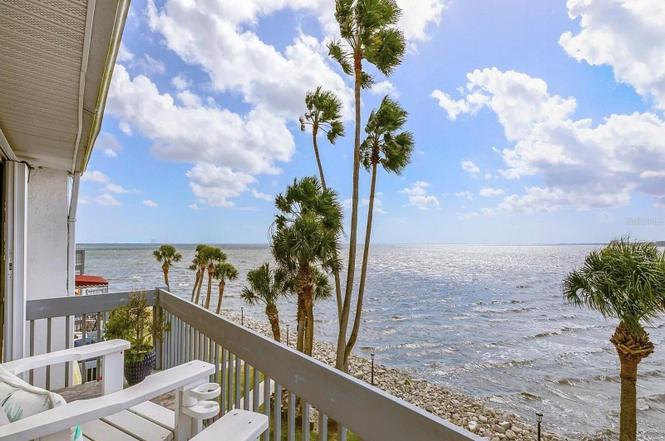

To get there, take the Max Brewer Causeway (State Road 406) east from Titusville on to the refuge. A photography blind is provided at the end of a boardwalk about 1/2 mile into the hike. This is an easy walk as the dike is level and raised above the marshes. The Alan Cruickshank trailhead is located about halfway through the Black Point Wildlife Drive, with an elevated viewing platform and a walking trail that follows the impoundment dike around the wetlands for about 4 1/2 miles. The refuge has several maintained hiking trails. These species include the Florida scrub jay, The west indian manatee, the southern bald eagle, the american alligator, and six different species of marine turtles.

Of these, 16 are currently federally listed as threatened or endangered. More than 500 species of wildlife have also been documented including 330 species of birds, 117 fishes, 65 amphibians and reptiles, and 31 mammals. A total of 1,045 plant species has been identified on the refuge. Is less that 10 minutes from Titusville and consists of 140,000 acres, over half of which are brackish estuaries and marsh habitat.The remaining lands consist of coastal dunes, scrub oaks, pine forests and flatwoods, and palm and oak hammocks. If you are more interested in Primative Camping opportunities several of these are to be found on page two. However, if you want to experience a rare opportunity for beach camping, this is available from the North end of Canaveral Seashore. This page details primarily dayhikes on Merritt Island Wildlife Refuge, Canaveral National Seahore, and in several parks and refuges within Titusville. Some of these species are unique to these particular habitats and are found nowhere else. Hiking trails here showcase a variety of our local habitats, from salt marsh, maritime hammocks, mesic hammocks, pine flatlands, coastal strand, coastal scrub, Atlantic Coastal Ridge uplands, and freshwater marsh habitat, all of which provide opportunities to view much of our native flora and fauna. Beyond the lagoon, the Merritt Island Wildlife refuge and Canaveral National Seashore form a barrier Island complex between the lagoon and the Atlantic Ocean.

Heading east, the land lowers until you reach the Indian River Lagoon. Much of the City of Titusville, sits on the Atlantic Coastal Ridge, an ancient beach sand dune dating back to a time when ocean levels were much higher.


 0 kommentar(er)
0 kommentar(er)
